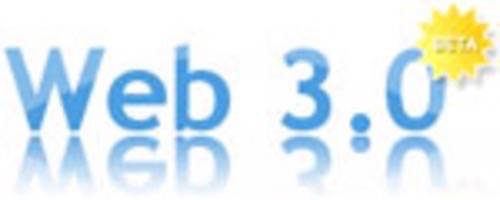So we’re only half a decade at most into the Web 2.0 era, and we still don’t really know what “Web 2.0” is. Yet for some reason, over the past couple of years there has been an even more confusing meme that seems to keep cropping up: “Web 3.0.” It already feels like we’ve been talking about Web 3.0 for ages, even though we don’t know yet know exactly what Web 2.0 is. What are the various ways that Web 3.0 has been defined over the past three years, and why is it helpful to talk about what the next web will look like?

Google blog search shows a single post mentioning Web 3.0 in October 2004 (which is notably before CMP applied for the service mark on “Web 2.0”). But by the term’s peak usage in October of last year, there were over 1000 posts talking about the next version of the web. But what were they referring to? That’s a good question.
Last April, we held a contest asking readers to define Web 3.0 and had nearly 50 different responses — clearly, this is something people have a lot of ideas about. The winning entry talked about Web 3.0 as a “decentralized asynchronous me.” Basically, that means a web that understands how to personalize your experience and recommend what you’re looking for, and it’s a definition we’ve used again. But it is one of just many — it would appear that we’re having a hard time deciding where the web is going.
Blogger Jonas Bolinder has painstakingly assembled a list of some of the most talked about definitions of Web 3.0 over the past three years. He’s broken them down into 4 basic definition groups: the Semantic Web (which is what might enable the “decentralized me”), the proliferation of APIs and web services (aren’t we already living that?), the rise of the mobile web, smart devices, and web applications (maybe the just launched Live Mesh has something to do with Web 3.0?), and the “implicit web.”
It could be that all of these definitions are right. It could be that they’re all wrong. It is the discussion that is helpful rather than coming to any accepted definition. Some might argue that version numbers are silly on the web, that Web 2.0 and Web 3.0 are just marketing ploys, and that we shouldn’t use terms that are so nebulous and difficult to define. Those are all fair points. But at the same time, the discussions we have about defining the next web help to solidify our vision of where we’re going — and you can’t get there until you decide where you want to go.
So which is your favorite definition of Web 3.0? Where do you see the web going over the next 5 or 10 years?










